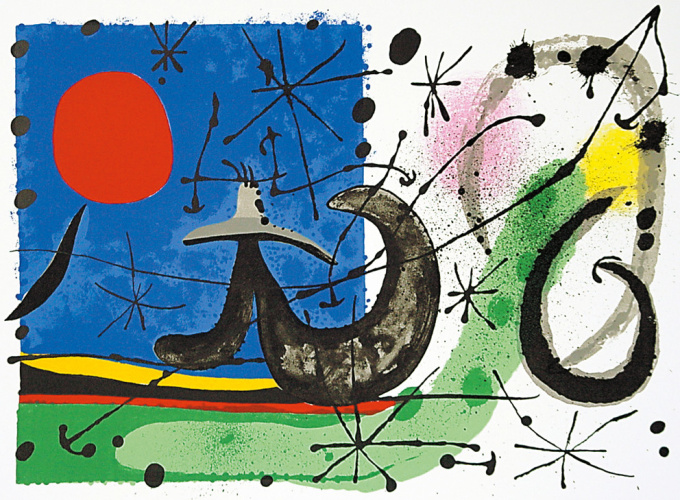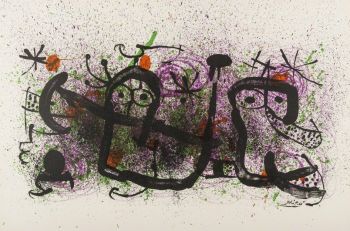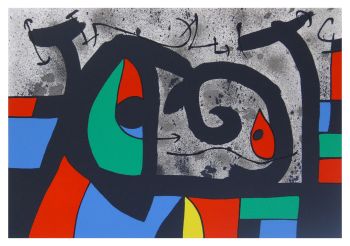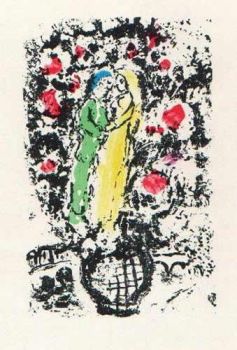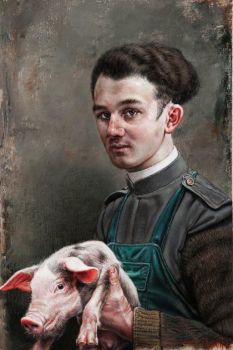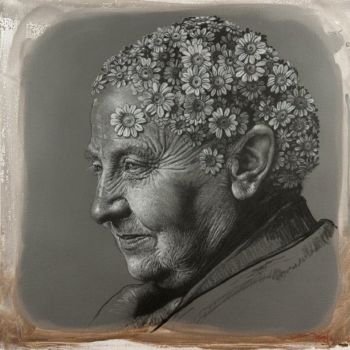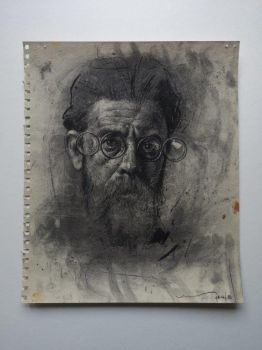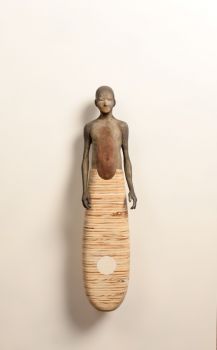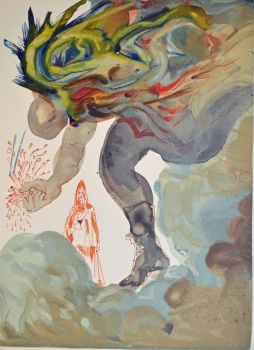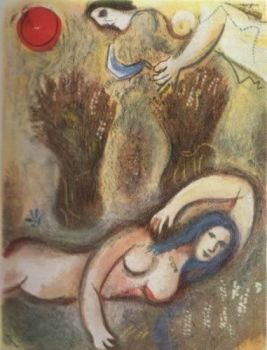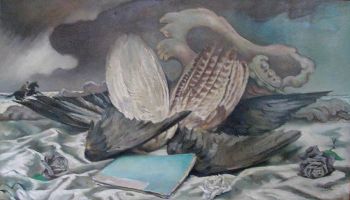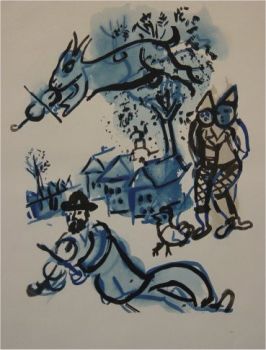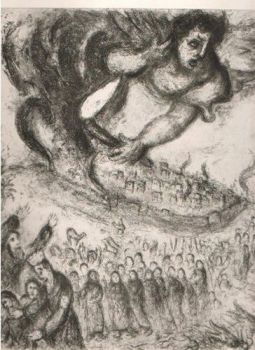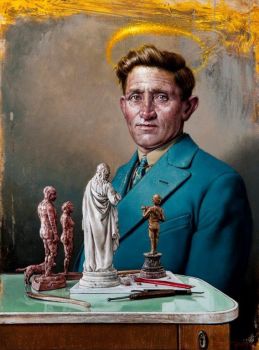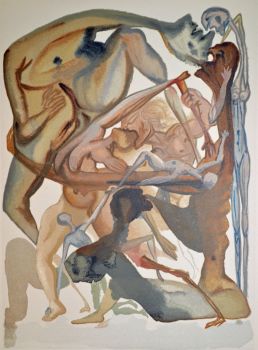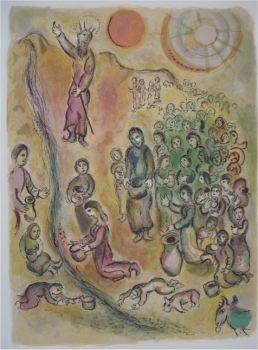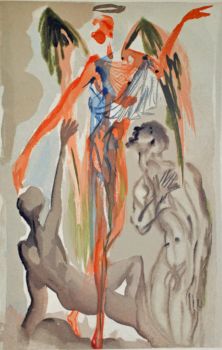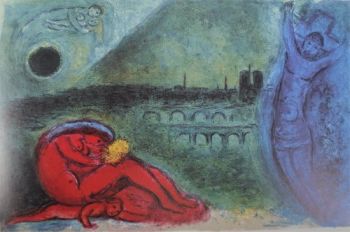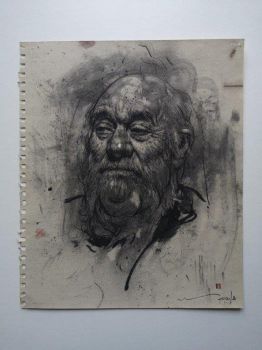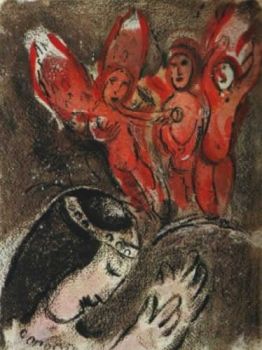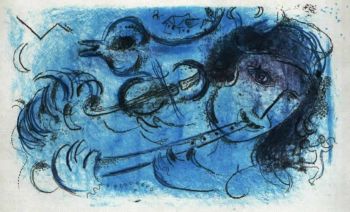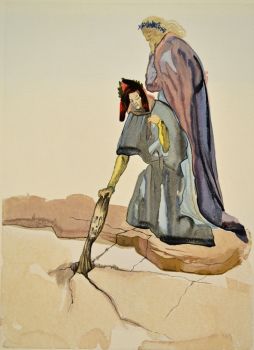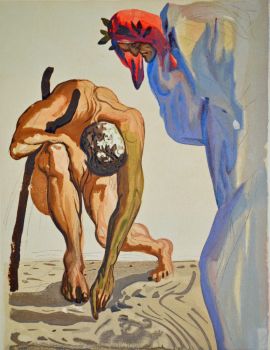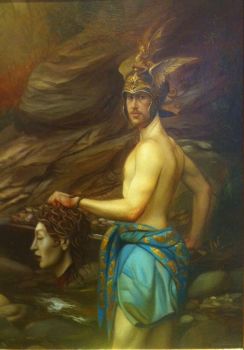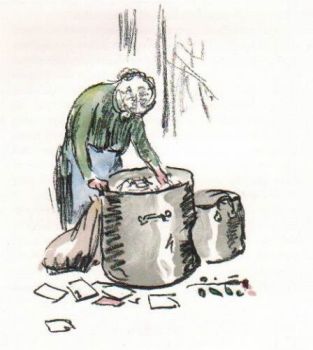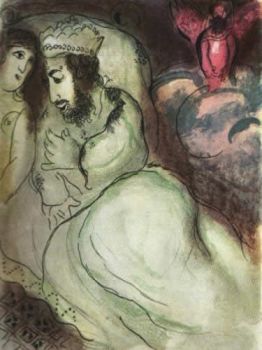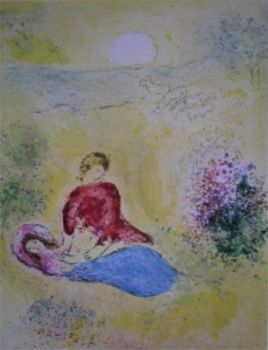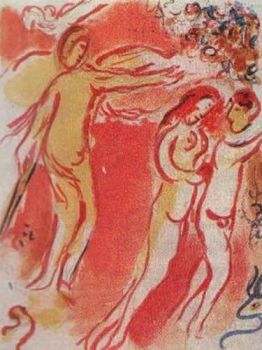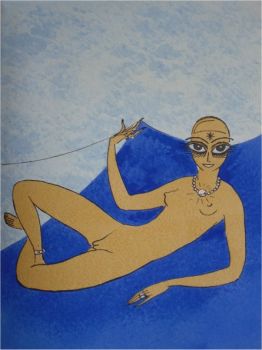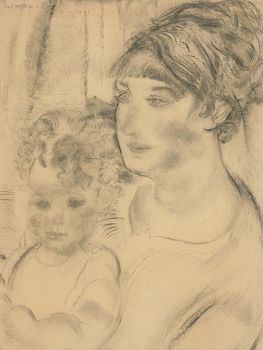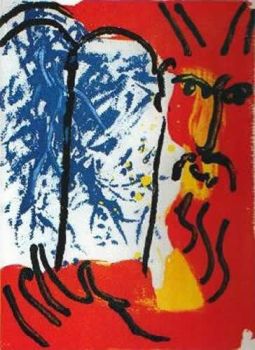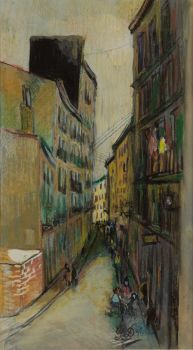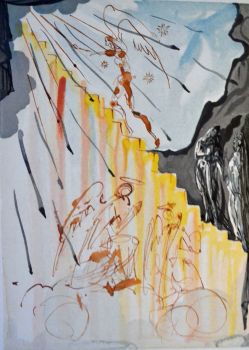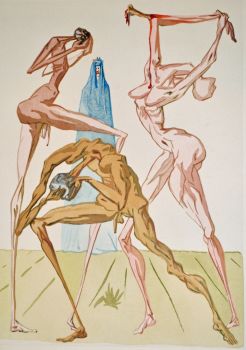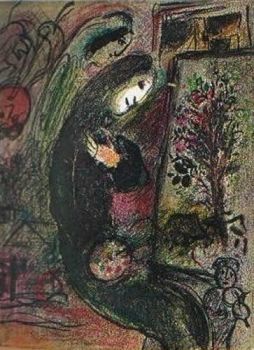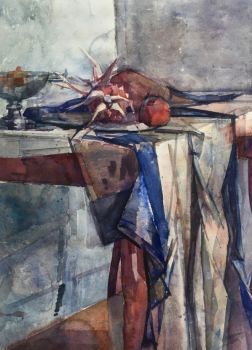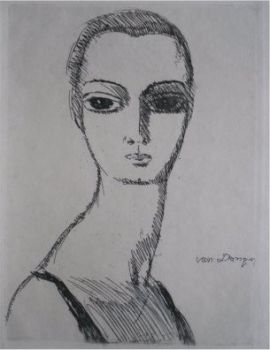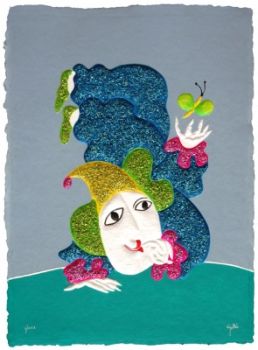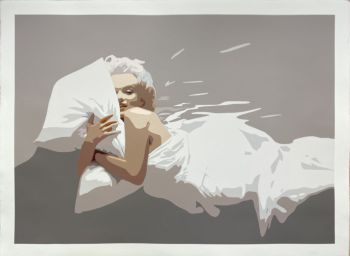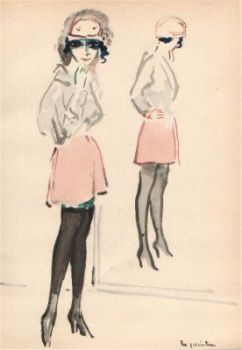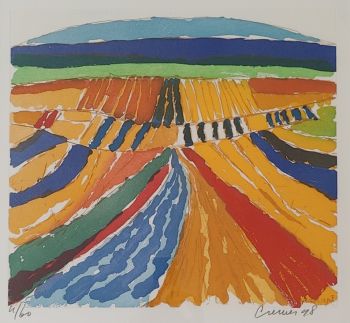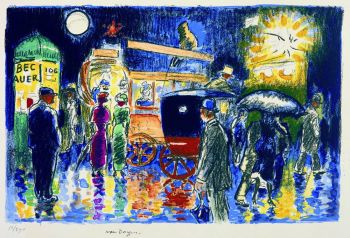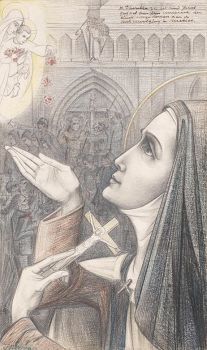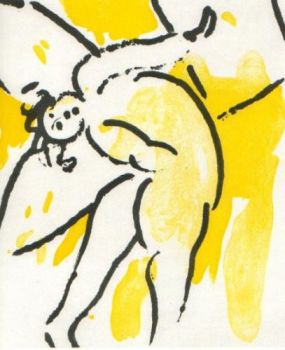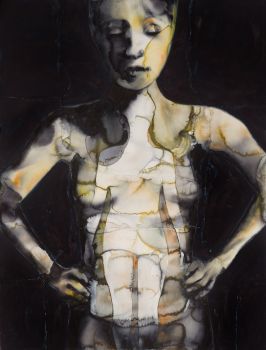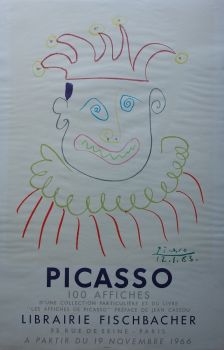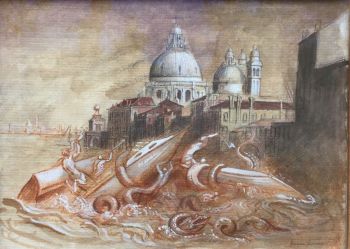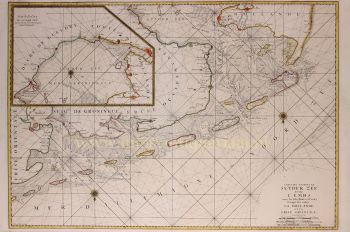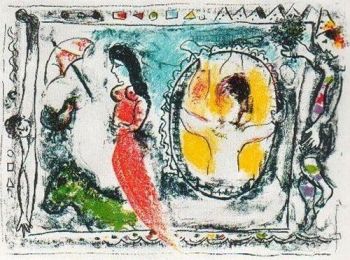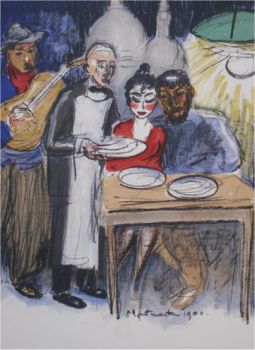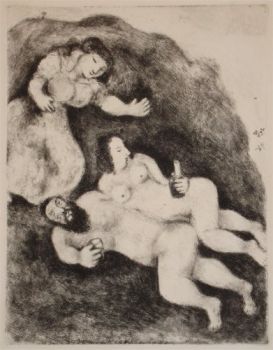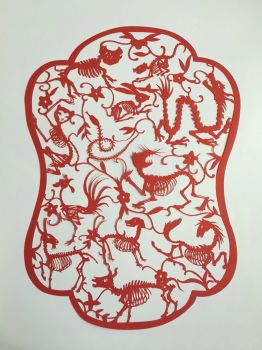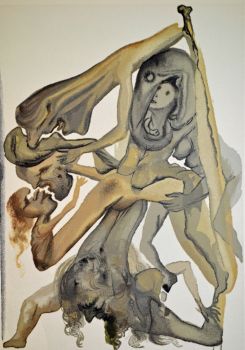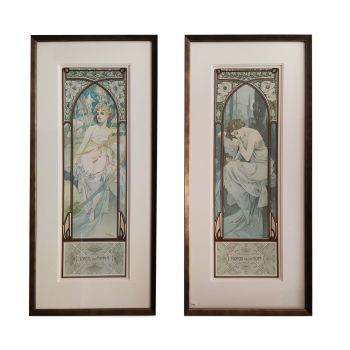The Lizard with the Golden Feathers 1967
Joan Miró
TintaPapel
33 ⨯ 48 cm
ConditionExcellent
Actualmente no disponible a través de Gallerease
- Sobre la obra de artemedium: lithograph
printed by: Mourlot, Paris
reference: Mourlot 446
From the edition of 80 unsigned test proofs, distributed before the cancellation of the original Le Lezard aux Plumes d'or Suite. Printed by the Atelier Mourlot, Paris.
In 1967, Joan Miro created 18 original color lithographs to accompany his poem "The Lizard with the Golden Feathers". Some time after the circulation of these original prints, Miro noticed a manufacturing defect in the paper and decided to stop the circulation of the Le Lezard aux Plumes d'or series (Maeght 445-462). Only the works already in circulation survived as well as the test proofs that had been sent to certain galleries for their catalogues. The complete number of survived prints is unknown but it is estimated that there would be, for every plate: 80 tests aside from the signed and numbered edition.
Since the original stones from the Le Lezard aux Plume d'or Portfolio had been obliterated, they could not proceed with a new circulation of the same compositions, and so Joan Miro created a second Lizard with the Golden Feathers Suite with new lithographs in 1971 (Maeght 789 - 828). - Sobre el artistaJoan Miró fue un pintor, escultor, grafista y ceramista español de Cataluña. Se le considera uno de los más grandes surrealistas. Miró era hijo de orfebre y relojero. Inicialmente siguió una educación comercial, pero en 1912 comenzó una educación artística en Barcelona. En 1920 se trasladó a París donde tomó clases en la Académie de la Grande Chaumière. En París, Miró se hizo amigo de Picasso, Max Ernst, Hans Arp y Magritte y cayó bajo la influencia del cubismo. Como Picasso y Georges Braque, Miró nunca siguió las conclusiones del cubismo hasta la abstracción completa. Sus formas, por alienantes que sean, siempre se refieren a la realidad, a la realidad concreta oa la realidad tal como existe durante el sueño.
Artwork details
Categoría
Estilo
Material y Técnica
Colour
Related artworks
- 1 - 3 / 3
Marc Chagall
Booz se reveille et voit Ruth a ses Pieds1952 - 1980
Precio a consultarArthouse Marc Chagall
1 - 4 / 24Marc Chagall
Adam et Eve Chasses du Paradis Terrestre1952 - 1980
Precio a consultarArthouse Marc Chagall
1 - 4 / 24- 1 - 4 / 24

